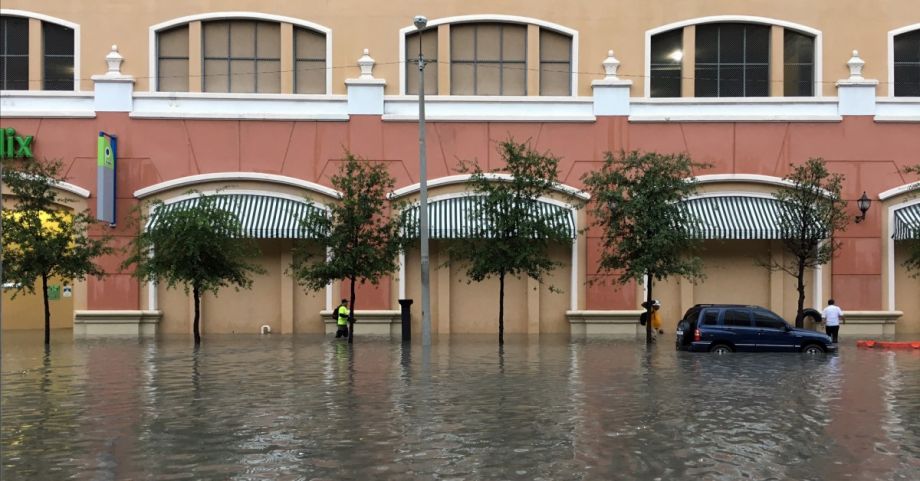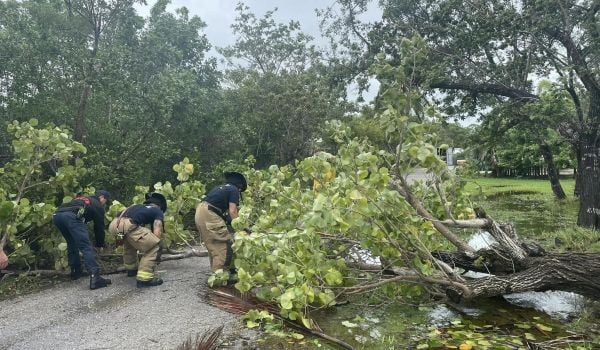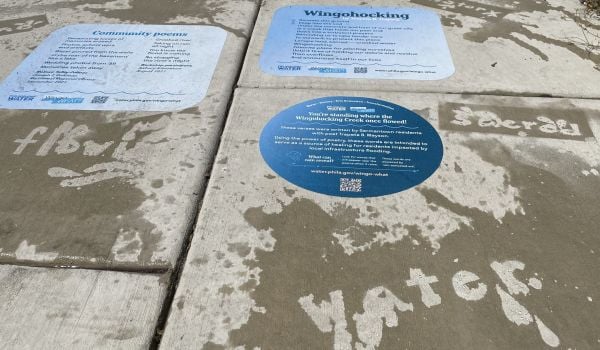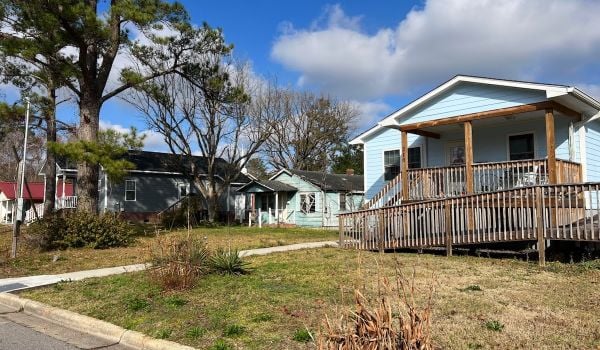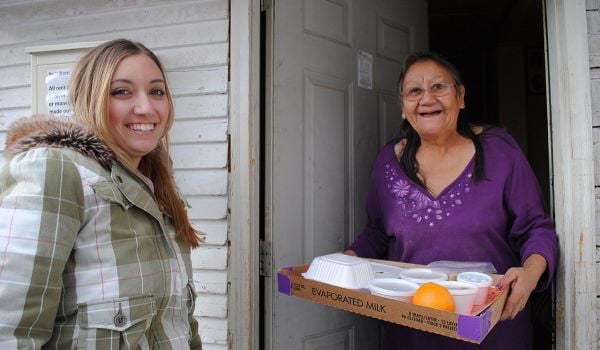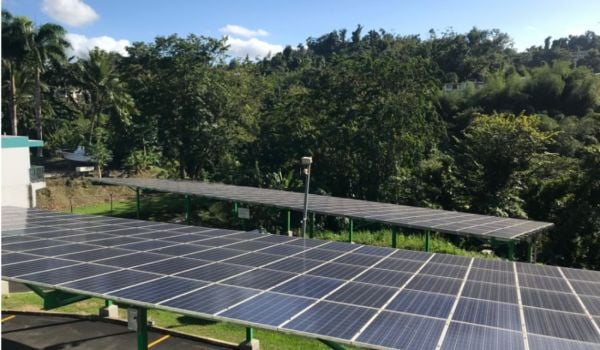The most expensive type of disaster in the United States is flooding. Hurricanes, a major source of flooding, make up seven of the 10 costliest disasters in United States history, from Katrina in 2005 to Ian in 2022. Together, these storms alone have cost $800 billion, adjusted for inflation.
Half a century ago—before any of these storms occurred—the federal government created the National Flood Insurance Program (NFIP), a public sector alternative to fill in the gaps in higher-risk areas where commercial insurance is unavailable. But as the frequency and severity of flooding events have increased—and as insurers continue to add to the list of states they refuse to insure—the NFIP has become massively oversubscribed, amassing more than $20 billion in debt on behalf of its five million policyholders.
This year, as flooding has left a path of destruction across the Northeast and El Niño promises wetter conditions across the South, that burden will grow, and taxpayers will foot the bill.
Solving the problem by continuing to raise premiums is a bad move. Faced with skyrocketing bills, some homeowners would be unable to renew their policies, causing an even greater drain on public resources should their uninsured property face a climate catastrophe. And because redlining and discriminatory housing policies have made it so lower-income households and people of color are more likely to live in flood-prone areas, current NFIP premiums are already out of reach for some homeowners. The Federal Emergency Management Agency (FEMA) found that in the highest-risk flood areas, low-income households comprised one quarter of policyholders, but fully half of those without any flood insurance coverage at all.
Rising premiums affect all of us, even if we live in a relatively low risk area and have never made a claim, because insurance companies come together to pool their risk. As the costs of insurance in climate-threatened areas rise, everyone pays more.
The status quo is unsustainable. The NFIP is essential to protecting properties and communities in harm’s way, but it has failed to adapt to the realities of climate change. The program expires on Sept. 30, and Congress needs to act on this opportunity to modernize and reform this critical safeguard.
First, Congress should require all homes built with federal dollars to meet resilient building standards that protect residents and reduce the risk of storm damage. These standards exist, but their usage is inconsistent across federal agencies and programs. For example, affordable housing built through HUD programs like the Choice Neighborhoods and Community Development Block Grant – Disaster Recovery programs must meet standards for climate change mitigation and adaptation, but other federal programs, including those that fund housing for seniors and people with disabilities, lack similar requirements. Certification programs like Enterprise Green Communities are mandatory in some states, but not in others. The reality is that every taxpayer dollar the federal government spends on infrastructure that is not climate-ready is a dollar wasted.
Second, state and local governments across the country should take advantage of the variety of code and standard changes available to them, such as adopting modern building codes that further protect against climate risk. Requiring new buildings to be constructed one foot above the 100-year flood elevation, for example, adds $90 million in new construction costs per year, but saves $550 million in rebuilding costs—six times as much. Just 35% of municipalities nationwide have adopted modern building codes. Local governments should also ensure that planning decisions regarding land use are made with the best projections for future flood risk instead of assuming that historic flooding events will remain the status quo. Upgrading stormwater management systems with forward-looking projections in mind also enables communities to be more resilient when extreme rainfall events occur. Each of these changes could reduce or eliminate the need for NFIP claims when a storm hits, reducing the strain on the program overall.
Third, Congress should commit to delivering disaster recovery funding to communities that need it quickly. When a disaster hits, FEMA deploys emergency resources immediately. But once the acute danger passes, the waiting period for long-term recovery begins. NFIP claims take months to pay out, and larger recovery efforts through HUD can take years to even begin accepting applications. This leaves people and communities vulnerable to the next storm, further draining federal resources. To fix this, Congress should permanently authorize the Community Development Block Grant – Disaster Recovery program so that HUD does not have to wait for a Congressional vote each and every time disaster recovery resources are needed.
Flood insurance payouts should be a last resort, not the first line of defense. For the NFIP to make financial sense, it cannot stand apart from the rest of the nation’s climate resilience strategy. Congress needs to put the right pieces in place—modern building codes at the local level and resilience requirements at the federal level, plus faster recovery systems that protect communities against future disasters—to bring NFIP payouts in line with its premiums. The longer we wait, the more costly the storms will become. And as insurers leave entire states unprotected and more Americans fall into “high-risk” areas, every federal dollar available may soon be needed to solve these new challenges. It’s time to fix flood insurance.
Krista Egger is vice president of Building Resilient Futures at Enterprise Community Partners, a national affordable housing nonprofit.

